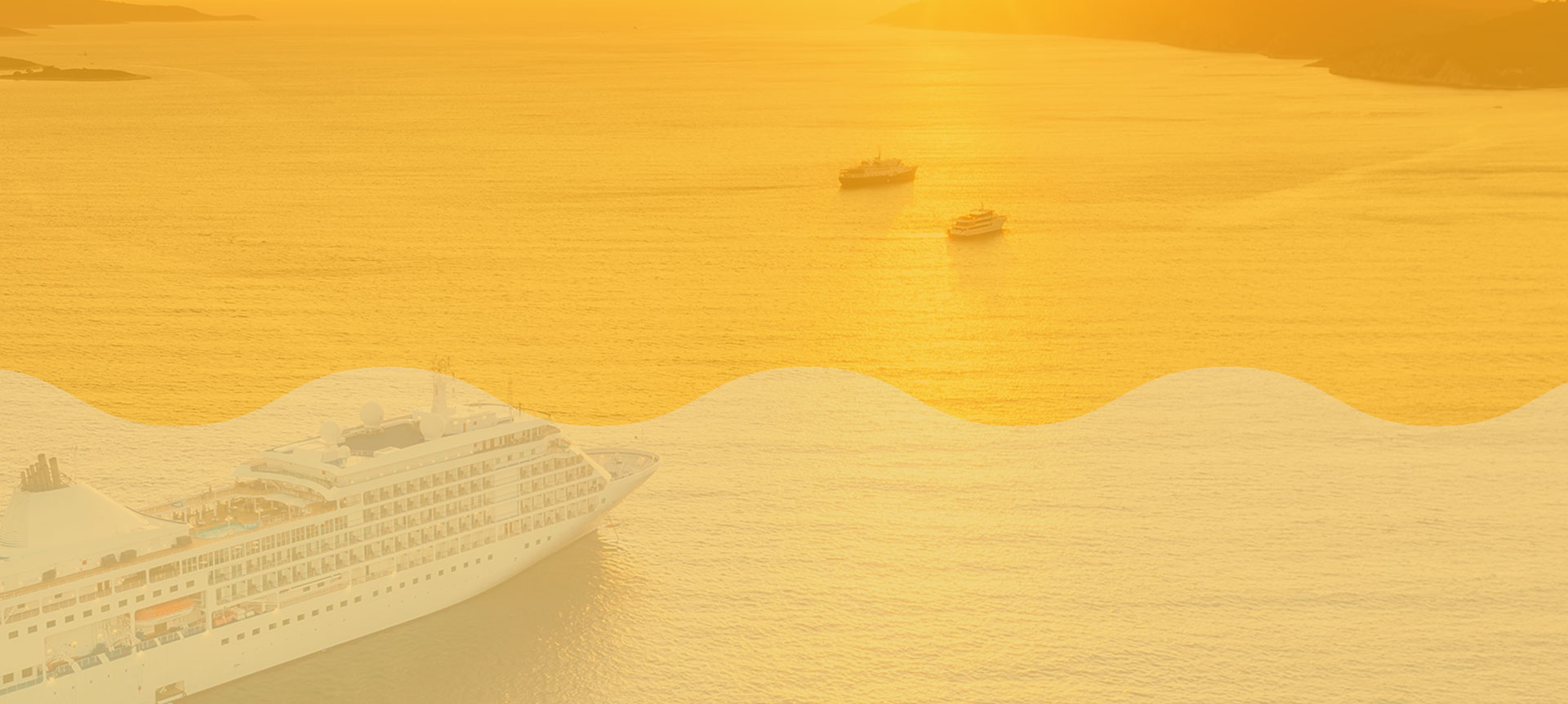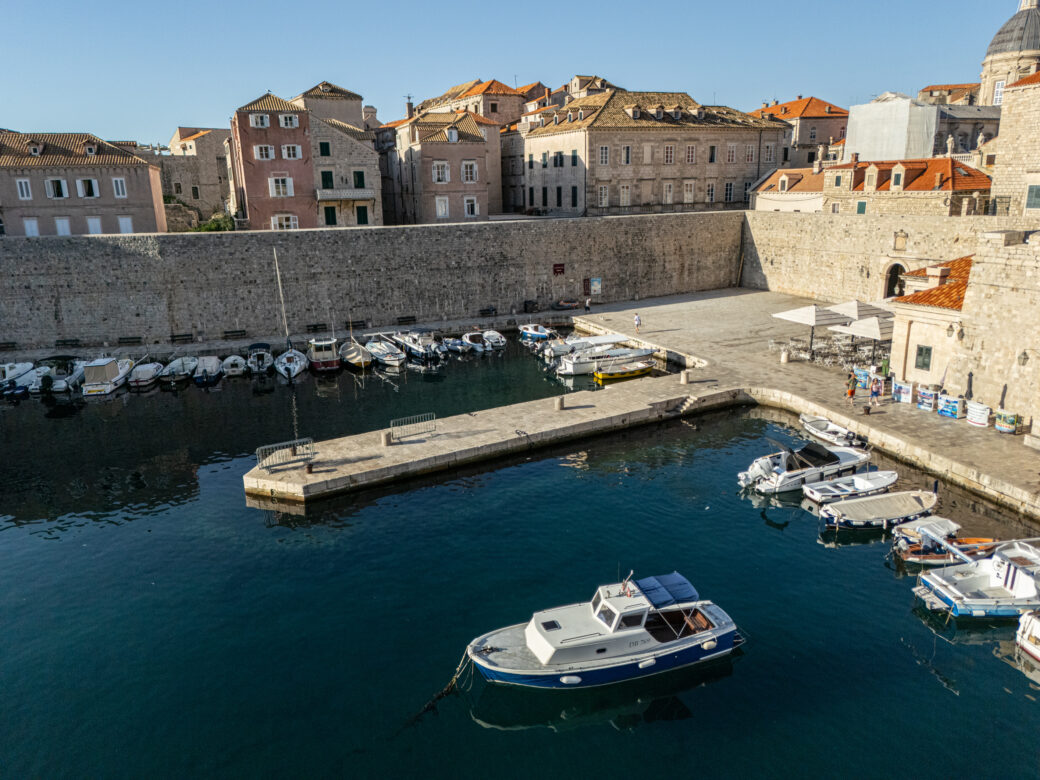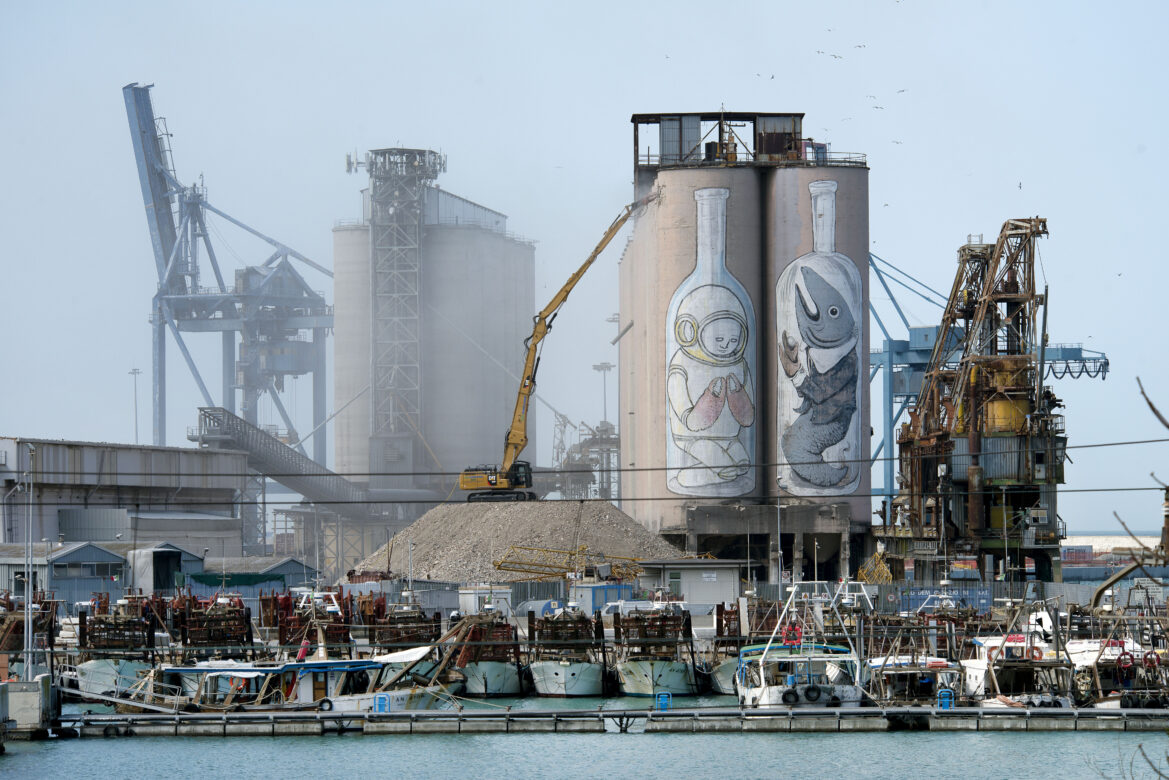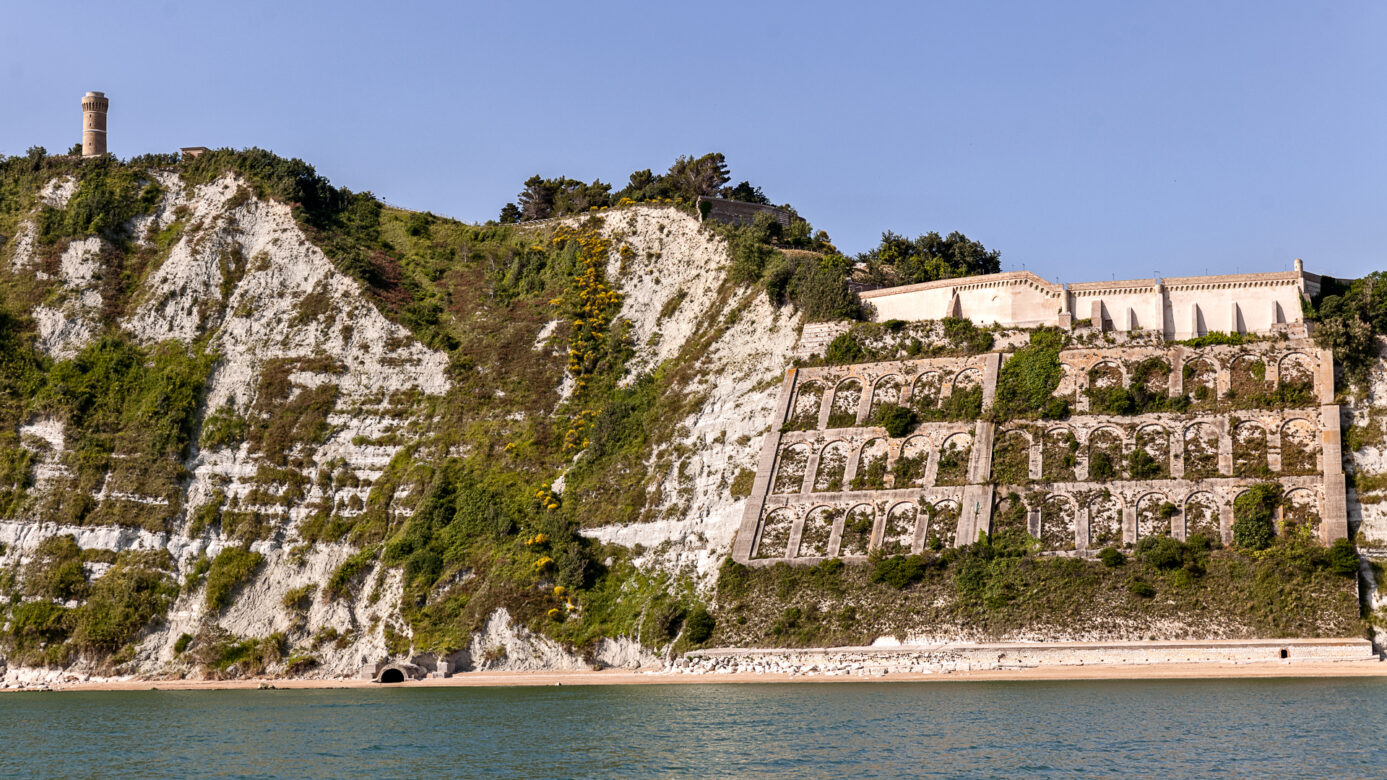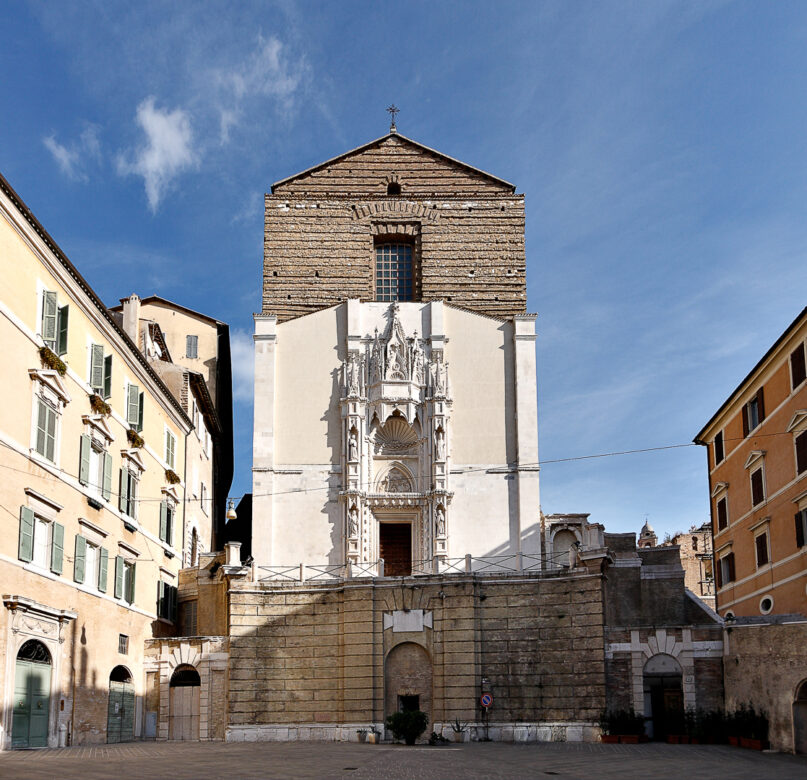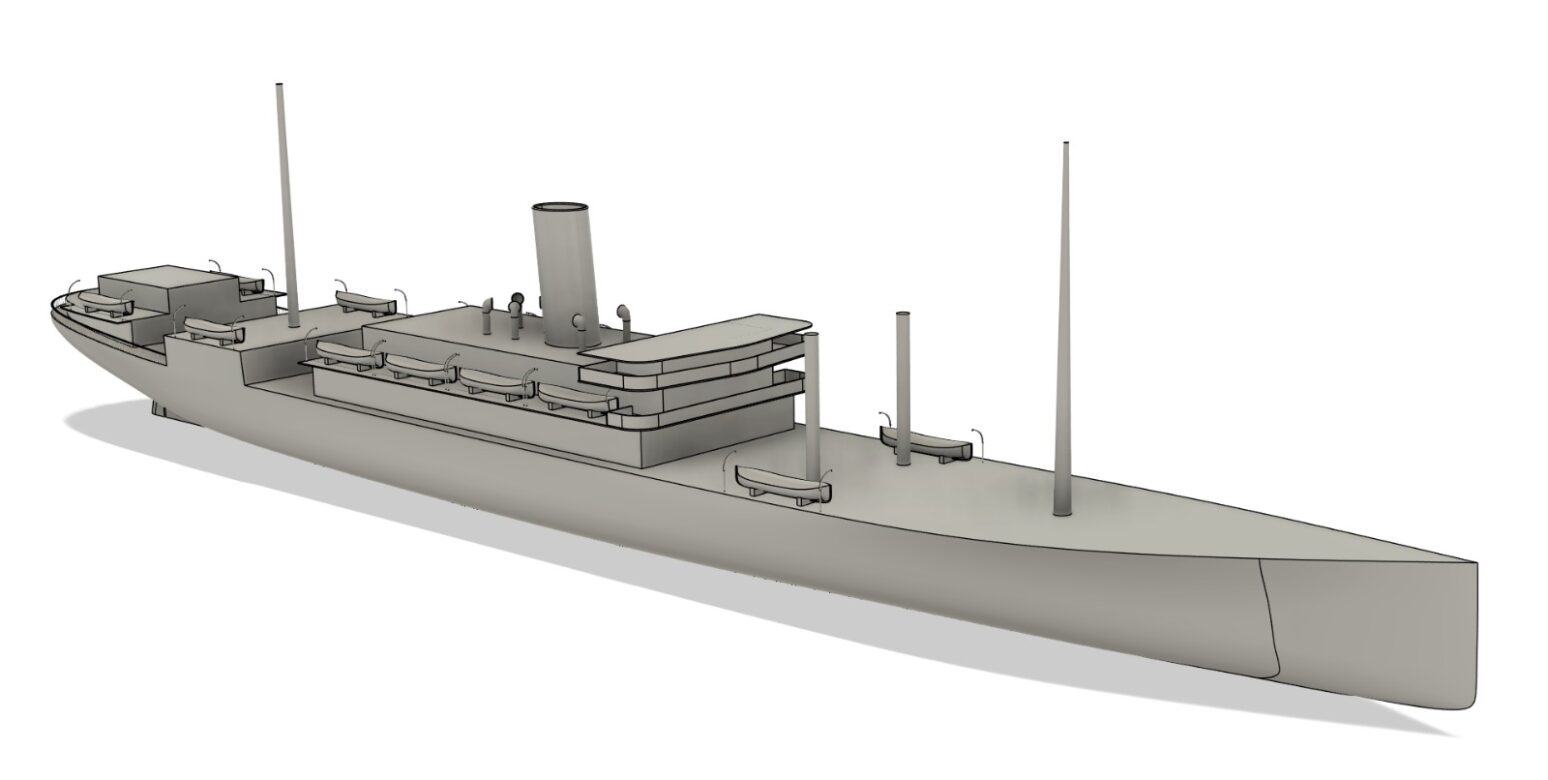Zadar‘s city walls, which once protected the port, now provide a unique view of the port from a higher vantage point. A similar vantage point of Italy’s first industrial port can be found on the Venice Heritage Tower, built on the shores of the lagoon in 1917. The lighthouse on the island of Palagruža, one of the largest and oldest in Dalmatia, is located in the middle of the Adriatic Sea between the Italian and Croatian coasts and has protected ships travelling on open waters for nearly 150 years, while an iron lighthouse on the Rijeka breakwater assisted the navigation near the port. The Benigno Zaccagnini and Luciano Cavalcoli breakwaters in Ravenna, built on the mainland in order to facilitate ship manoeuvring, protect the entrance to the canal and the port itself.
The Adriatic area has been home to many great minds that considered knowledge as the only power that no one can take away from you. Many world-famous inventions, especially those linked to the sea and marine vessels, were invented on the coast of the Adriatic Sea. The first torpedo was invented in 1866 in Rijeka, spreading the renown through the world not only of the city itself but the whole Adriatic. Another great invention patented in Rijeka was the gyroscope, a device designed to direct the torpedo. Long before the invention of the torpedo, traditional wooden boats and merchant ships from Dubrovnik, like the Dubrovnik Carrack, were being equipped with cannons to defend the vessels from pirates. Some boats, such as the falkuša from the greater Split; area, have become an icon of times past. The falkuša became obsolete and had to be retrieved from the depths. The last gajeta falkuša, Cicibela, was shipwrecked in 1986, and now serves as an exhibit in the Fisherman’s Museum.
The people of the Adriatic coast have always considered sea cultures to be a part of their heritage. The sea has always been regarded as both beautiful and dangerous. In response to the sea providing people with all they need to live through food, salt and protection, the people created various works of art including literature, poetry, cinema, theatre, art, music and, most importantly, unique boats. Boatbuilding has been practised on the Adriatic coast since before the Roman period. Adriatic shipbuilders have proved willing to adopt all manner of useful innovations from the Mediterranean, whilst adapting the vessels to accommodate their own needs as well as the meteorological and hydrographic peculiarities of the eastern Adriatic. Serillia, a traditional wooden boat discovered near Zadar, is one of the Adriatic’s oldest known vessels, dating back to the third and second centuries B.C. Further to the north, in Rijeka, in the 12th and 13th centuries the Krk sailing boat became one of the area’s most important merchant sailing vessels. Much later, during his trip to Venice in 1321, the great poet Dante was fascinated by Venice’s Arsenale, the home of industry, where the Venetians built their incredible fleet. Modern shipbuilding can be seen in the port of Ancona where the huge red and white gantry crane is an iconic feature of the city and greets travellers arriving at the port.
